When choosing a restaurant, whose opinion do you typically trust? A personal friend? Reviews by strangers on Yelp? The opinions of individual critics in newspapers, magazines or digital publications? Perhaps you use a combination of these mediums, or even all of them. But it’s likely you’ve never thought about where the tradition of reviewing restaurants originated, or how the logistics behind this practice shapes the way we think about food.
Since leaving the world of academia, I’ve worked on-the-ground with restaurateurs and seen the effects of reviews in-action; and I’ve realized most diners don’t have a sense of how this all plays out from a thirty-thousand-foot view. Below, you’ll find a very abbreviated history of culinary criticism from the 1800s to current times, which I hope will help you navigate the different channels of choosing a restaurant in our digital age.
Chicken-or-the-Egg: The Early Days of Critics and Restaurants
Humans have shared their thoughts about food in literature, personal letters, and scientific texts since the earliest days of written language—but have you ever wondered who wrote the first restaurant review? Historians generally give that honor to Grimod de la Reynière, a wealthy and eccentric diner whose L’Almanach des Gourmands (published from 1803-1812) was the first definitive guide to the restaurants of Paris.
Of course, it’s not that folks didn’t have opinions about food before 1803. However, what was novel in late seventeenth and early eighteenth century France was the idea that there was a correct—and widely agreed upon—manner in which food should be prepared. Chefs like Escoffier and Marie-Antoine Carême laid the groundwork for culinary critics by codifying the most famous recipes and techniques in fine French cuisine, creating an objective standard by which all preparations of said dishes were to be judged.
During the same era, the modern restaurant began to take shape—initially in the form of rustic outposts that served restorative broths and soups for weary travelers. High-end chefs caught on to this idea, and by the 1780s, individuals who did not have their own private chef could enjoy the delights of French haute cuisine in luxurious restaurants.
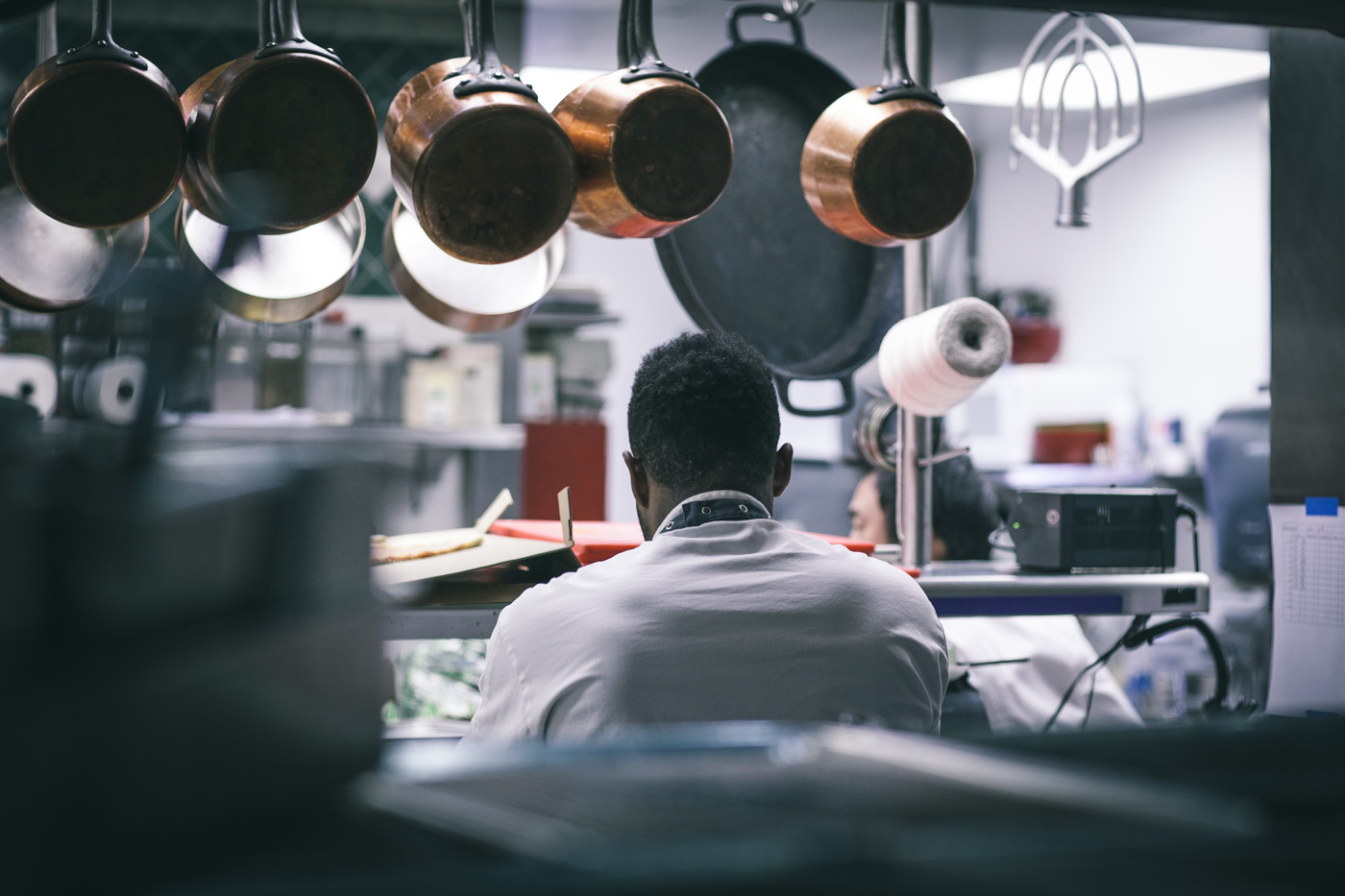
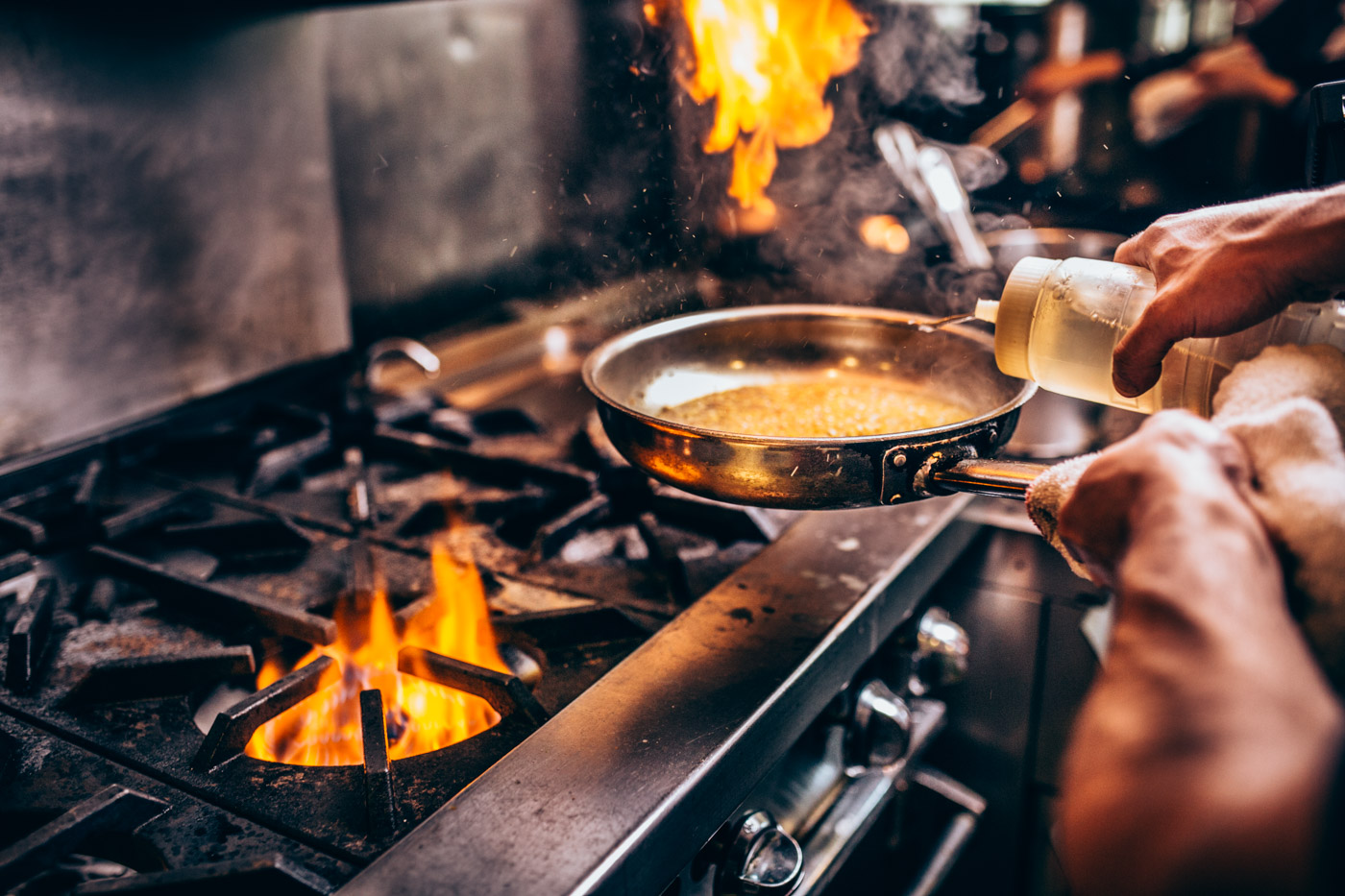
Going Pro: “Men of Letters” and Travelers’ Guidebooks
With an extra boost from the democratic efforts of the French Revolution, dining out became relatively accessible for French citizens. Yet the world is still not ready for Yelp. Even post-revolution, the opinions of trained chefs and the upper classes continued to be viewed as superior, allowing an elusive notion of “expertise” to shape two distinct styles of restaurant reviews.
The first type of respected culinary expertise was that of the individual critic. These “men of letters” embodied the saying “it’s not just what you say, but how you say it,” as they were widely revered for the stylistic attributes of the reviews they published in newspapers and magazines. Over time, readers grew to have a personal relationship with these critics, in the sense that they understood their personal biases and preferences. Regardless of if they agreed with the critic, readers had a certain sense of what to expect at a restaurant after reading his review.
The second type of culinary expertise came in the form of guidebooks—like the famed Michelin Guide, founded in 1889—which relied on the savoir faire of multiple experts. These guides gained their reputations by employing seasoned (and typically anonymous) diners who all agreed to follow a common rating system when judging an establishment. Respect for these guides thus came from the quality of the “inspectors” they hired, as well as the systematic scrutiny they employed.
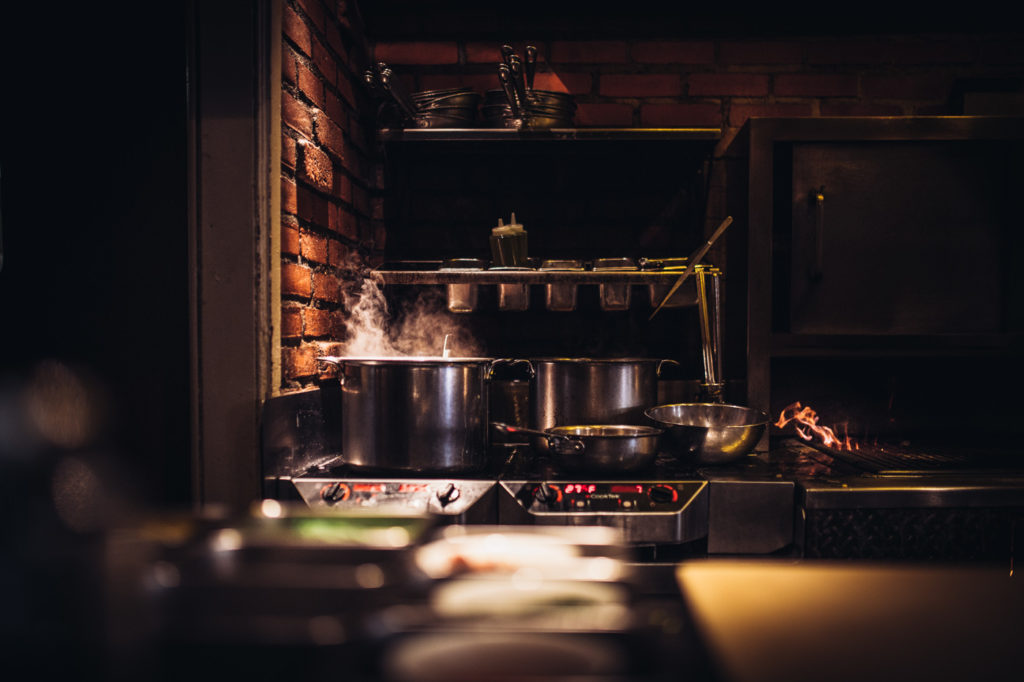
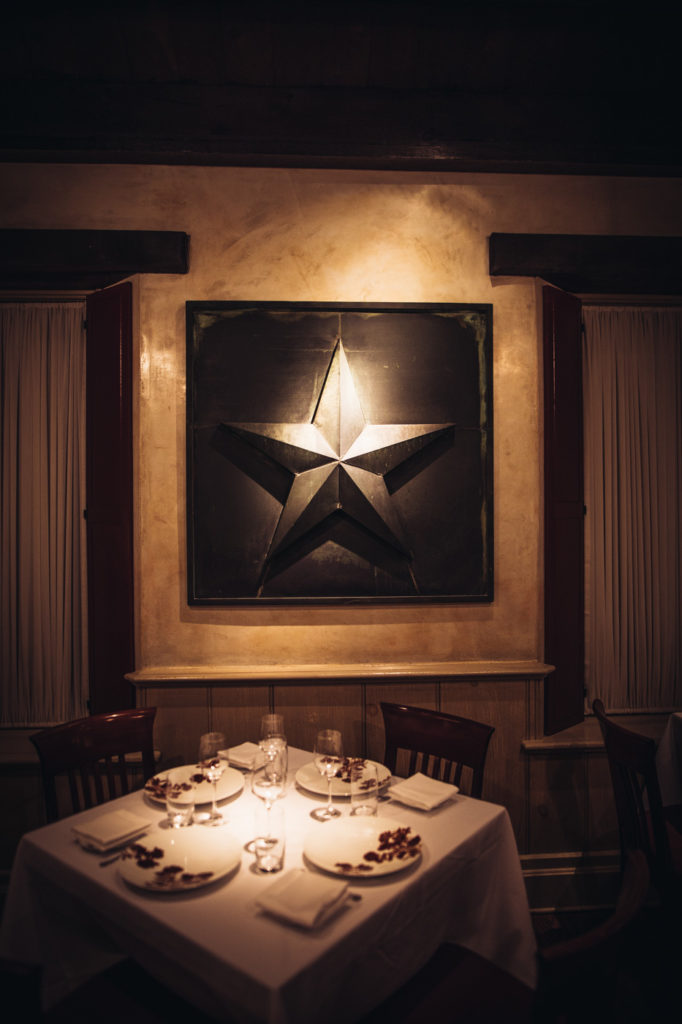
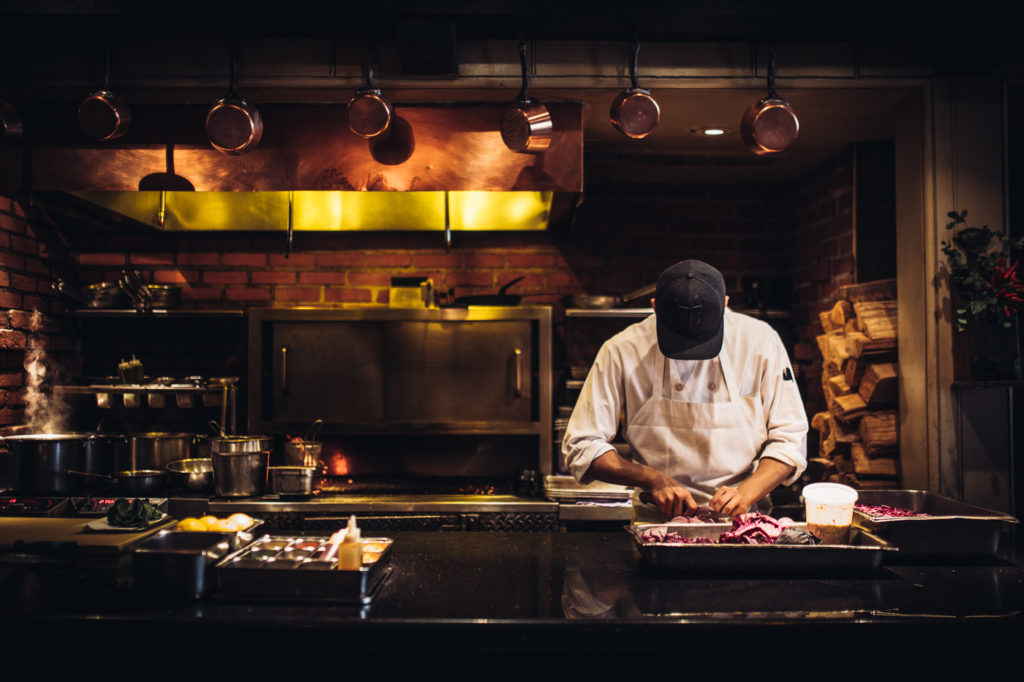
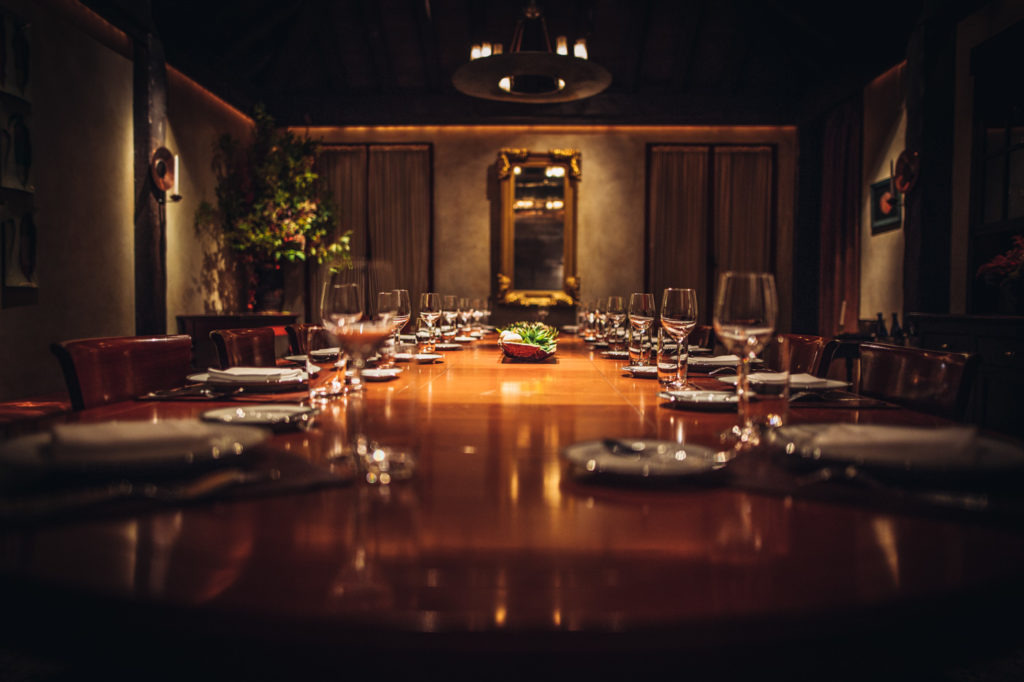
——
Fun fact: the Michelin Guide was actually first published in an effort to sell more Michelin tires. Under their motto—“all the restaurants worth the detour”—travelers were inspired to drive further than ever before, just to get a taste of the guide’s top restaurants.
Coming to America: Food Writing as Investigative Journalism
While the restaurant review was born in France, the role of the individual critic shifted—and progressed—dramatically in the English-speaking world. While French critics historically focused on the literary style of their reviews (more so than specific detail about the food itself) and made their presence known at restaurants, twentieth century American journalists—most notably, Craig Claiborne at the The New York Times—applied traditional investigative techniques.
Thanks to Claiborne, dining anonymously (in disguise, if necessary), waiting for a restaurant to find its stride (typically three to four months after opening), visiting a restaurant on multiple occasions, and paying for the meal oneself (via the company account) became the new standard for leading American newspaper critics. In turn, the role of The New York Times critic, in particular, became one of the most influential, business-making or -breaking jobs in the world of food writing.
Opening the Floodgates: The Internet Age
Despite this rich history, chances are you didn’t read The New York Times or the Michelin Guide to choose the last restaurant you visited. Thanks to the democratic nature of the Internet, you are more likely to read a blog, digital publication, Instagram caption, or app to find somewhere to eat.
Since the early 2000s, platforms like TripAdvisor and Yelp have given everyday diners an increasingly large slice of the power wielded by critics. With time, these sites have developed their own standards of accuracy, based on the belief that the opinions of “amateur” diners are as valid as those of professional restaurant industry experts.
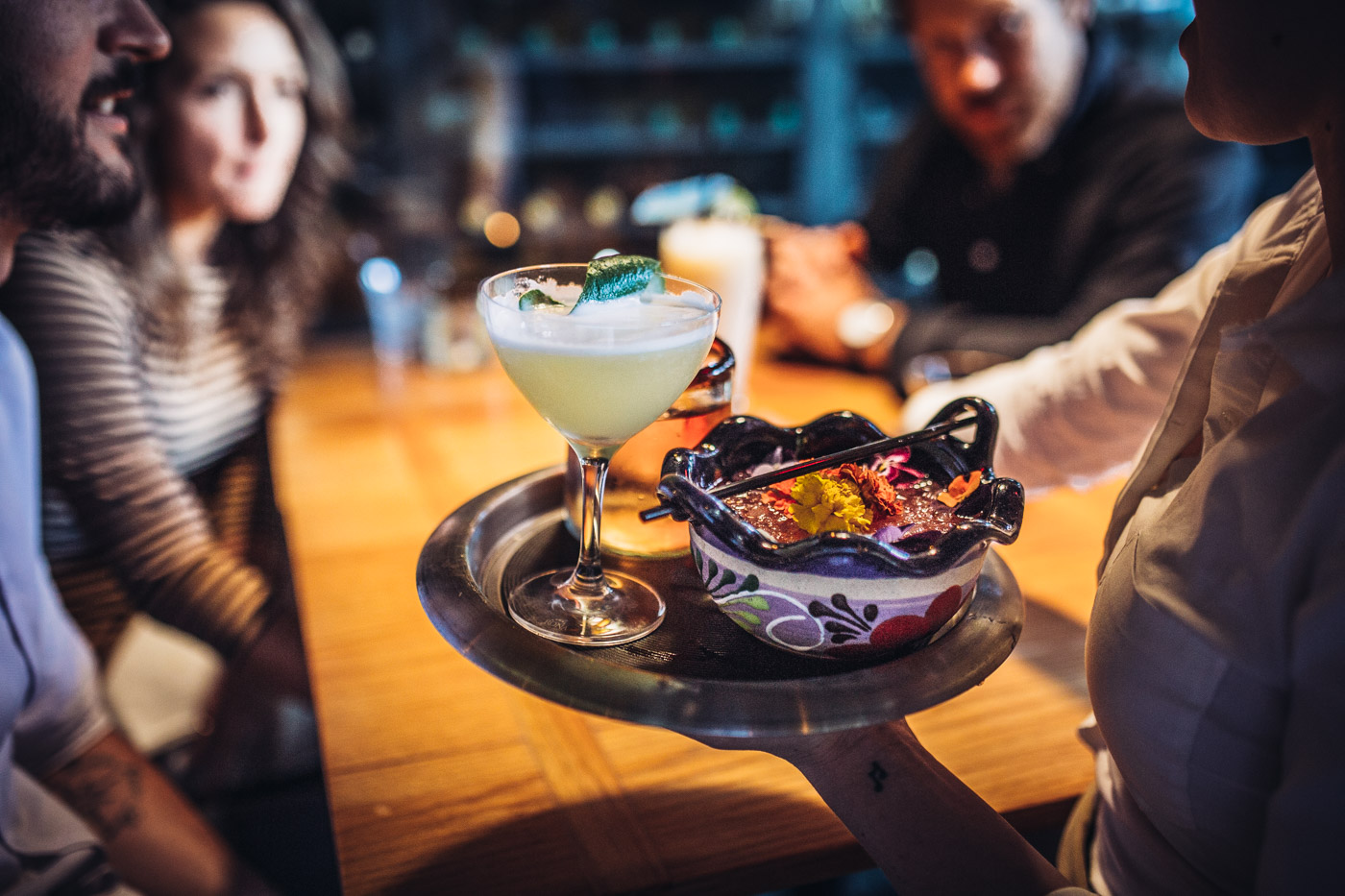
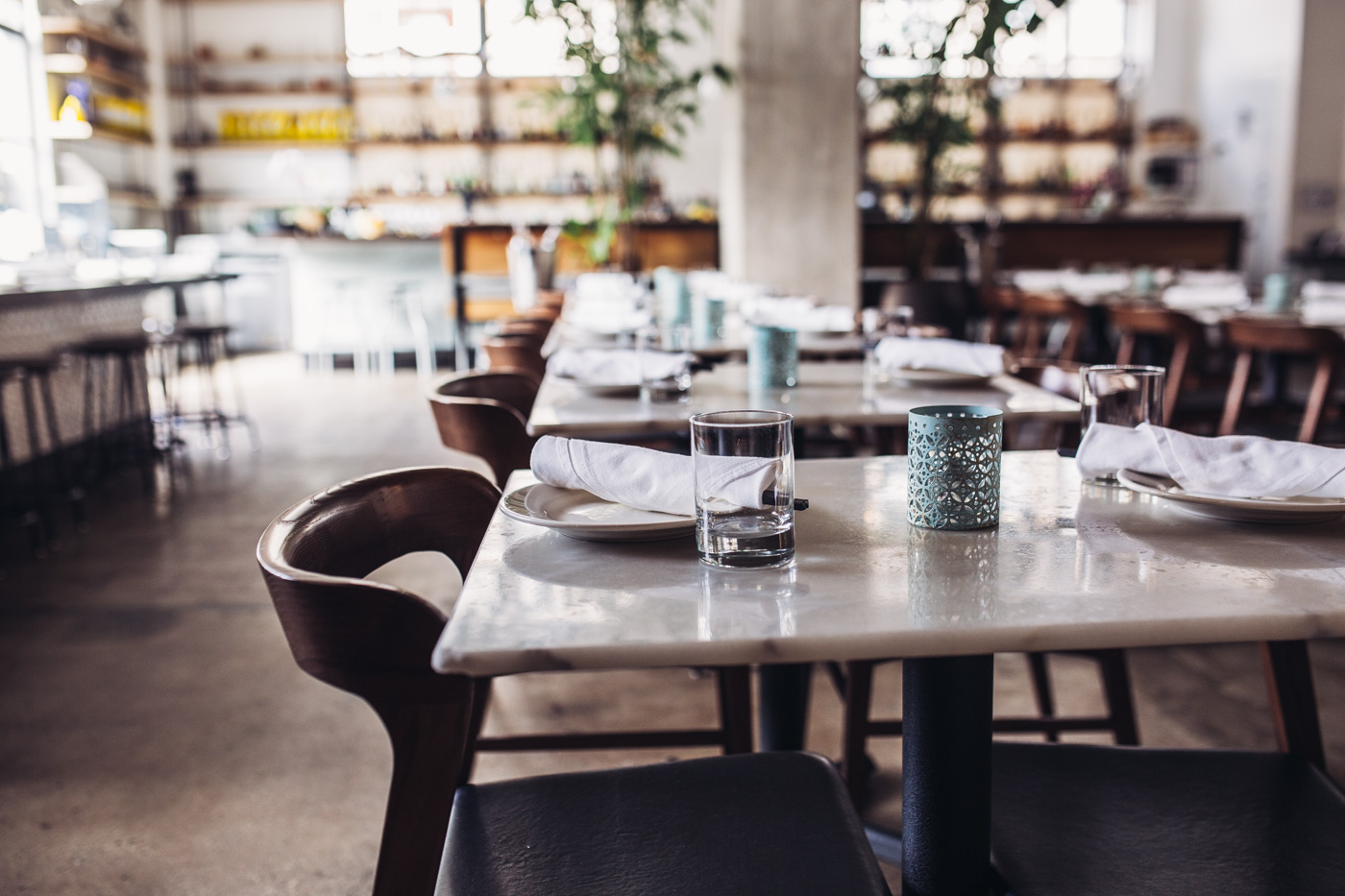
From the perspective of chefs and restaurateurs, this shift is both positive and problematic. It is now easier than ever to spread the word about an opening, seasonal specials, or other “buzzworthy” news. On the other hand, we hold critics and guidebooks to standards of professionalism (see: accuracy, objectivity) that casual diners rarely respect—which means their reviews, good or bad, are typically more biased than those of professional critics.
Of course, one could say it all averages out, arguing that a large collection of public reviews on Yelp, Google Reviews, or TripAdvisor is comparable to a Michelin or Zagat guidebook. Additionally, just like the critics and guidebooks that preceded these websites and apps, there will be some platforms we inherently trust more than others, based on the general vibe of the users of a particular site.
In the end, democratization has its benefits. Restaurants that would never appear in a guidebook or a newspaper dining section now have a platform—many platforms, in fact—for exposure. Yet as we all increasingly play a hand in shaping the reputation of these small businesses, a word of caution: would you feel comfortable having someone publish a public review of your appearance, charm or wit based on a single random encounter? Probably not. So when it comes to reading reviews, consider the source—and take all opinions with a grain of salt.







Our comments section is for members only.
Join today to gain exclusive access.